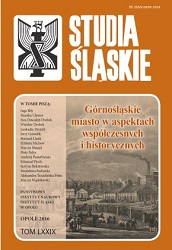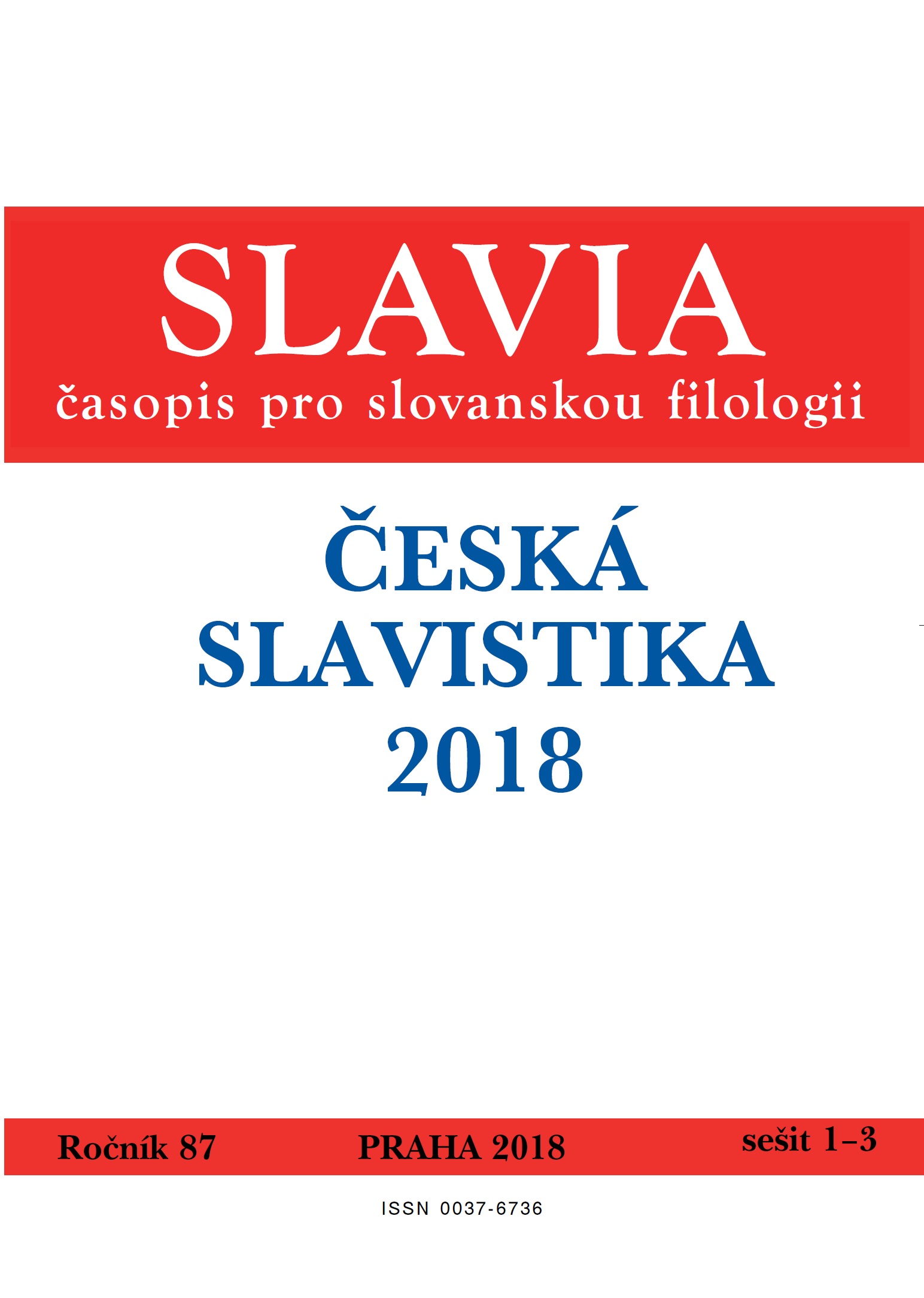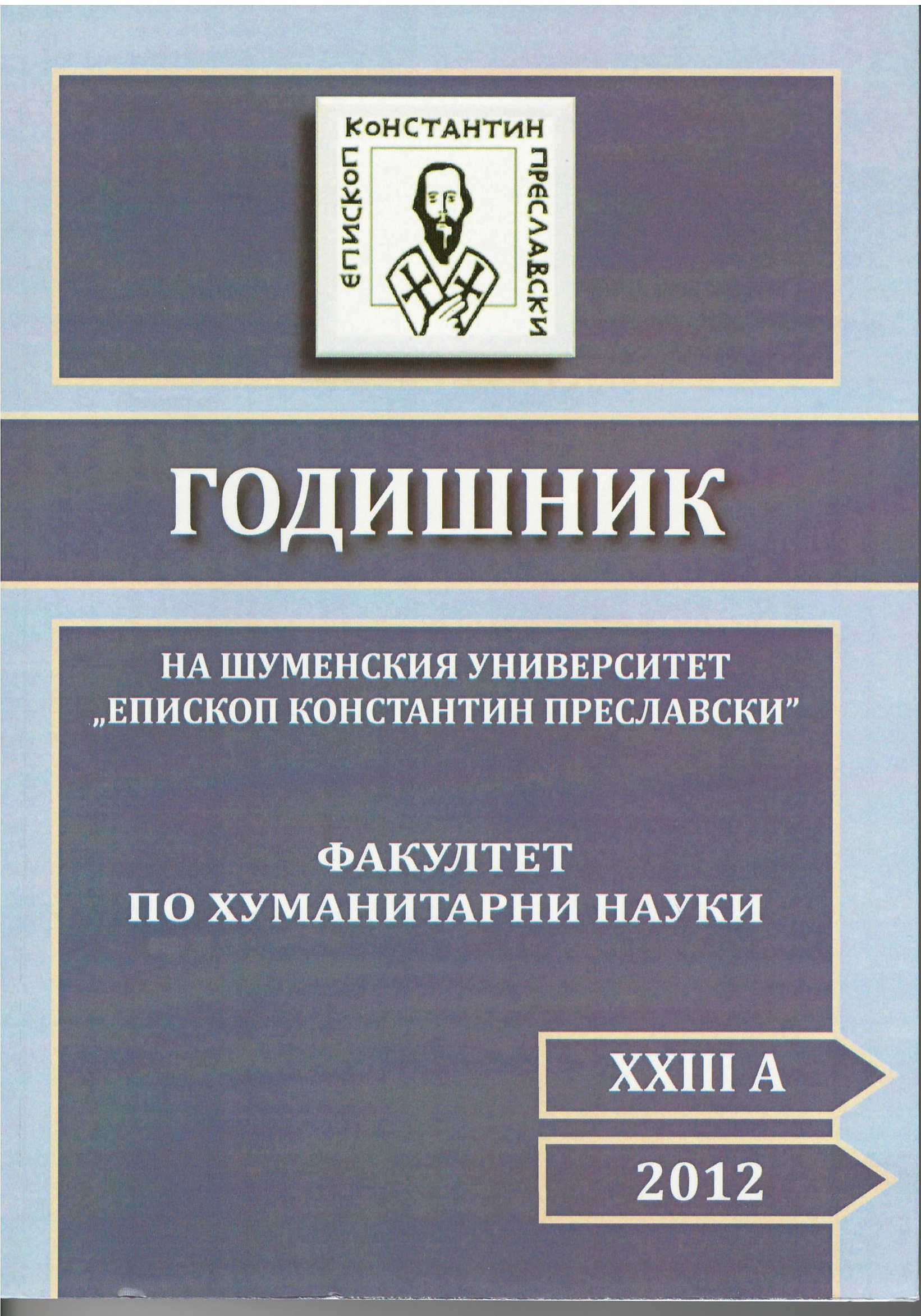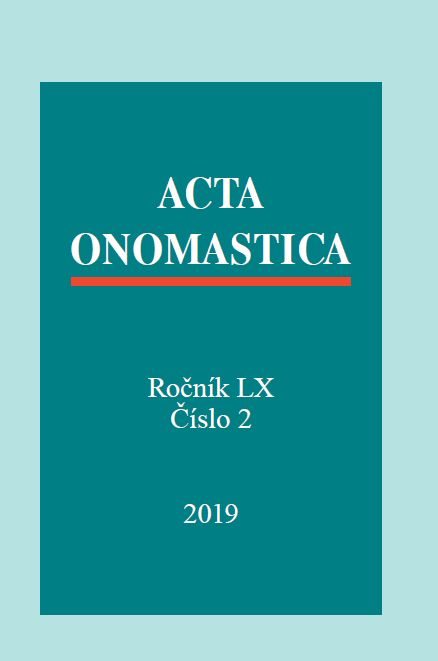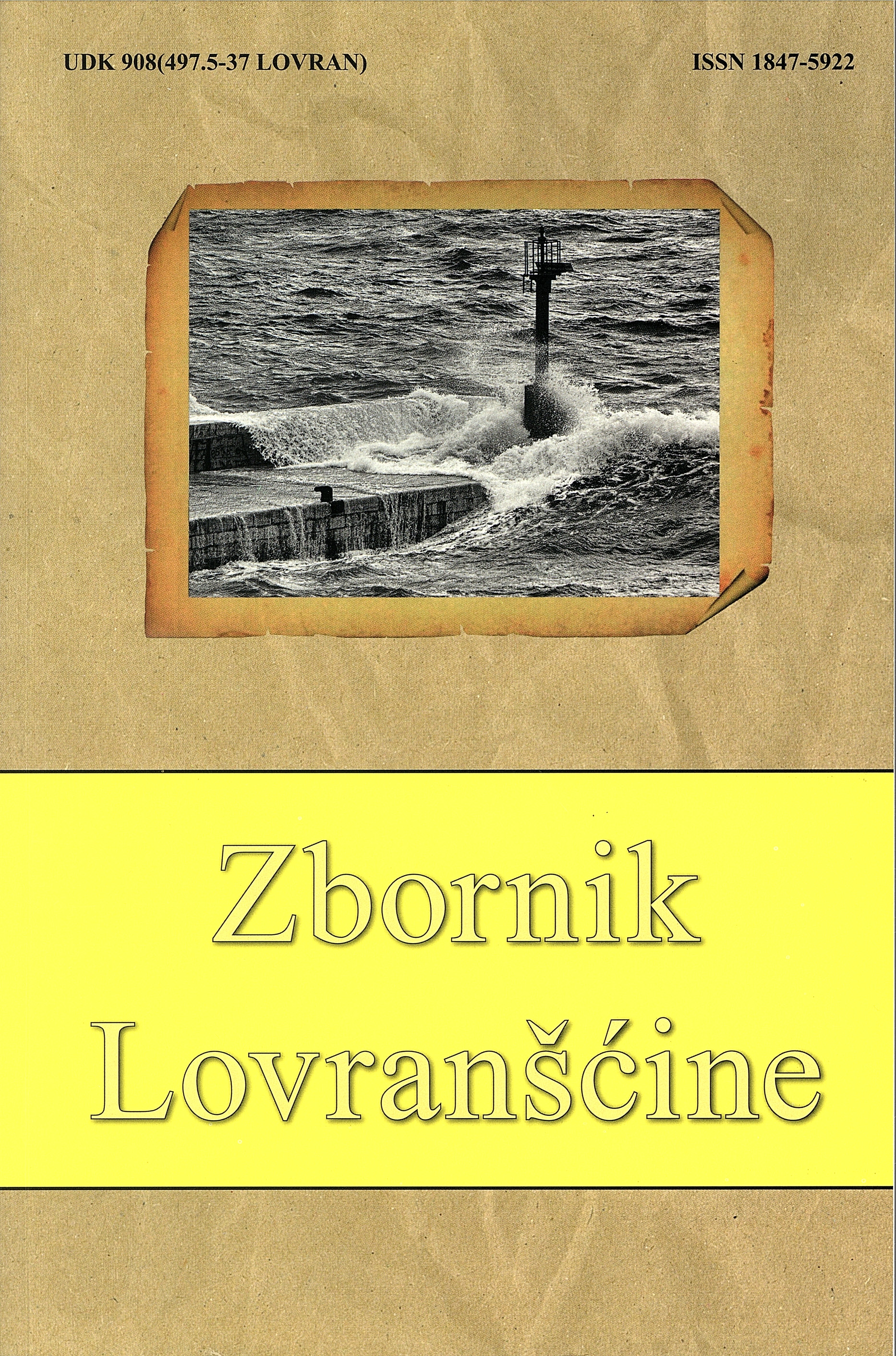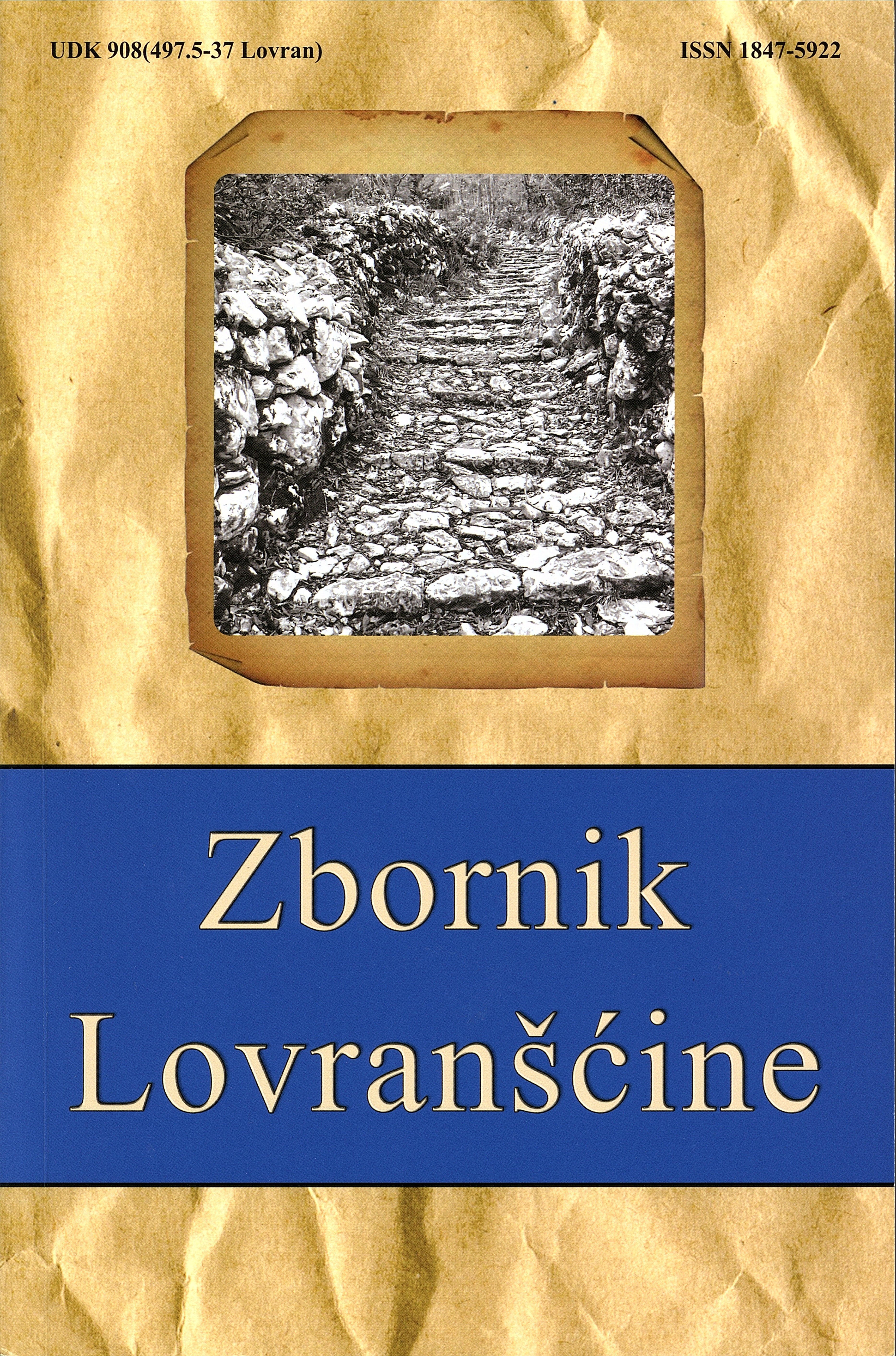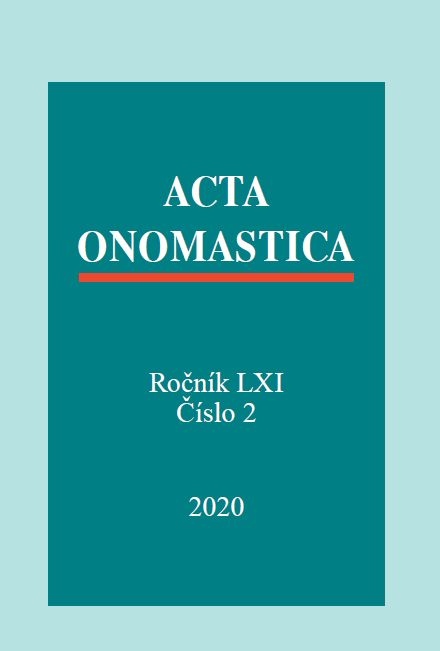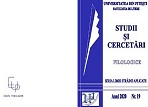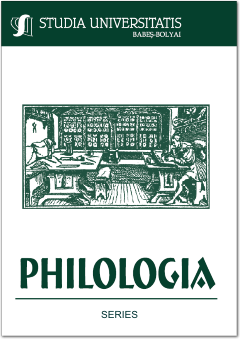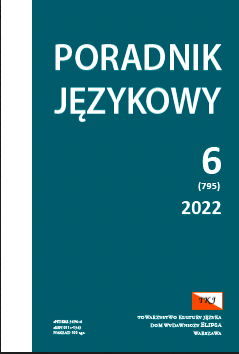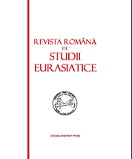
CONSONANT CLUSTER COMBINATIONS IN HADOTI
This paper describes the possible consonant clusters and sequences in Hadoti language. Previous studies in descriptive linguistics have proved that all the consonantal phonemes of a language cannot fall into the cluster and sequence system. The physiological limitations poised by the vocal organ allow only few combinations which can be pronounced with ease. As a result, only limited number of consonants come together to constitute a sequence or a cluster. Hadoti, an Indo-Aryan language, is no exception in this context as only a handful of consonants are employed to form sequences/clusters. This language is spoken in Kota, Bundi, Jhalawar, and Baran districts of the Rajasthan state in the republic of India, and the data for this paper were collected from Jhalawar and Kota district. The present paper, limited as it is in breadth of scope and depth of detail, will be, I hope, a step in the direction of studying a lesser known language of West India.
More...
